SpectraMax Microplate Readers and SoftMax Pro Software
For over 40 years, we have partnered with scientists to expand the boundaries of their research. Our SpectraMax® microplate readers and SoftMax® Pro software are the industry's most cited and have empowered life science researchers to advance protein and cell biology―breaking the barriers to novel, landmark discoveries.
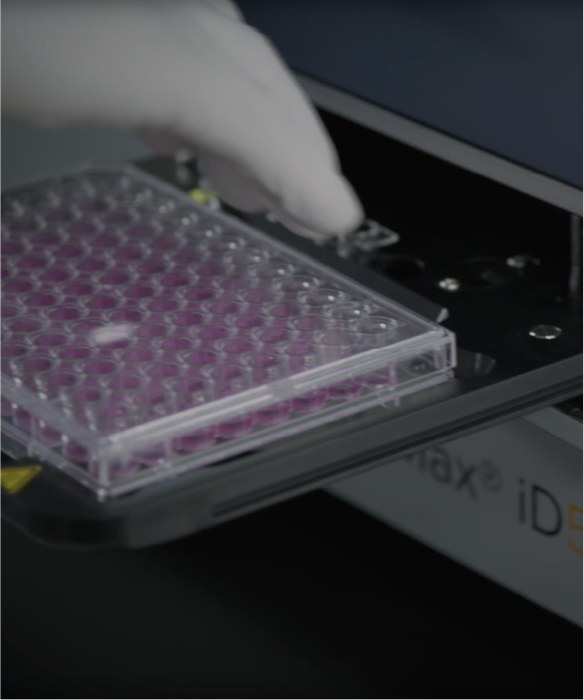
SpectraMax Microplate Readers

Our extensive SpectraMax® line of user-friendly microplate readers – the industry’s most cited brand – provide great flexibility for labs conducting applications ranging from ELISAs to nucleic acid and protein quantitation, and include absorbance, fluorescence, luminescence and more

Multi-mode Microplate Readers
Our multi-mode plate readers provide great flexibility and include absorbance, fluorescence and luminescence with configurable options for fluorescence polarization (FP), time-resolved fluorescence (TRF), FRET, and AlphaScreen. Upgradeable modules are also available including western blot, cell imaging, and fast kinetics with injectors.
Single-mode Microplate Reader

Consider your application needs, and if your budget is modest, a single-mode reader dedicated to your main application would be the most logical choice. The three most common detection modes include:
SoftMax Pro Software

SoftMax® Pro Software is the most published microplate reader control and data analysis software in the industry. Designed to provide the simplicity, flexibility and power required for advanced data analysis. It provides ready-to-run protocols, analysis algorithms, and 21 different curve fit options.
GxP Compliance & Validation Solutions

Our comprehensive suite of proven compliance solutions for GMP/GLP labs can advance your efforts to quickly and confidently establish a compliant laboratory.
Lab Automation for High-throughput Plate-based Assays

Plate-based assays form the cornerstone of many laboratory research programs. Whether you are performing biochemical assays, binding/affinity or cell-based assays we work with you to build flexible, scalable, future-proof workcells for high-throughput screening.
Explore our SpectraMax series of microplate readers
SpectraMax i3x Multi-Mode Microplate Reader
SpectraMax iD5 Multi-Mode Microplate Reader
SpectraMax iD3 Multi-Mode Microplate Reader
SpectraMax Mini Multi-Mode Microplate Reader
SpectraMax M2/M2e Multi-Mode Microplate Reader
SpectraMax M3 Multi-Mode Microplate Reader
SpectraMax M4 Multi-Mode Microplate Reader
SpectraMax M5/M5e Multi-Mode Microplate Reader
SpectraMax ABS and ABS Plus Absorbance ELISA Microplate Readers
SpectraMax Paradigm Multi-Mode Microplate Reader
FlexStation 3 Multi-Mode Microplate Reader
Ultimate Guide to Microplate Reader Solutions
A microplate reader is a versatile lab instrument that detects and measures biological, chemical, or physical events in microplate samples; used in various scientific applications and assays, such as ELISAs, DNA quantification, gene expression analysis, and enzyme kinetics. It offers various options and functionalities including a combination of light sources, optical filters, detectors, and data analysis software—making it challenging to select the most suitable reader for your laboratory.
This eBook tells you everything you need to know about microplate readers, from plate reader technology and detection modes to popular applications and key considerations, to GxP compliance for GMP/GLP labs and special tips and tricks to help maximize your research time.
Introducing the new SpectraMax iD5e Multi-mode Microplate Reader
The SpectraMax® iD5e microplate reader offers advanced detection capabilities with its five detection modes: absorbance, fluorescence, luminescence, time-resolved fluorescence (TRF), and tunable fluorescence polarization (FP). Supported by hybrid optics, a touchscreen interface, and temperature control, this reader provides flexibility and precision for complex assays. Optional upgrades include bottom-read luminescence, TR-FRET (including HTRF®), and western blot detection. For live cell assays and microbial growth experiments, environmental controls for CO2/O2 and advanced shaking are also available.
Intuitive data acquisition and analysis are powered by SoftMax® Pro Software, the industry’s most cited microplate reader software.
Key benefits:
- Perform ELISA, nucleic acid and protein quantitation, cell viability, microbial assays, western blot, and more
- Use the touchscreen to easily set up protocols, run experiments or view tutorial videos
- Automatically identify filter sets using NFC functionality, simplifying workflows and ensuring accuracy and reliability
- Optional gas mixer and advanced shaking for live cell assays
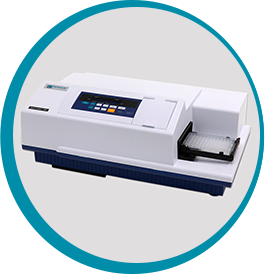
The Best Microplate Readers According to our Product Reviewers
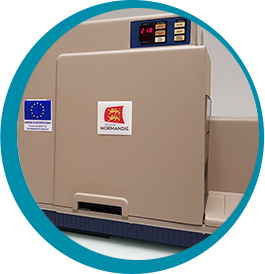
The University of Rouen in Normandy uses the SpectraMax iD3 and FlexStation 3 for calcium studies, and in its teaching laboratories.
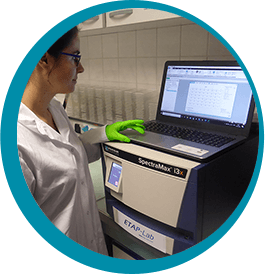
ETAP Lab use the SpectraMax i3x to advance neurodegenerative disease research
SoftMax Pro Software for Microplate Readers
Streamline Your Data Acquisition and Analysis
SoftMax® Pro Software is the industry-leading solution for microplate data collection and analysis, designed to work seamlessly with our microplate readers. Whether you're running absorbance, fluorescence, luminescence, or time-resolved assays, SoftMax Pro delivers precision, flexibility, and ease of use.
Key Benefits
- Real-Time Data Acquisition & Analysis: Capture and analyze microplate data simultaneously to accelerate workflows and reduce time-to-results.
- Advanced Curve Fitting: Includes robust statistical tools and curve-fitting models for accurate data interpretation.
- Automated Workflows: Simplify complex protocols with customizable templates and automated calculations.
- Regulatory Compliance: Supports 21 CFR Part 11 compliance with secure data handling and audit trails.
- Multi-User Access: Enables collaborative research with centralized data management and user permissions.
Enhanced Usability
- Intuitive interface for quick setup and real-time monitoring.
- Built-in protocol library with over 250 ready-to-run protocols for common assays.
- Export options for Excel, PDF, and LIMS integration.
GxP Compliance Solutions
Our comprehensive suite of proven compliance solutions for GMP/GLP labs can advance your efforts to quickly and confidently establish a compliant laboratory.
- Best-in-class SpectraMax Microplate Readers and Washers
- Industry-leading SoftMax Pro GxP Software – our most secure software to achieve full FDA 21 CFR Part 11 compliance
- IQ/OQ/PM Services preserve instrument documentation in a digital and compliant format
- Software Installation & Qualification Services verify and document that required components are installed to operational specification
- SpectraTest Validation Plates and Recertification Services tests the performance of your microplate reader to ISO 17025 standards
Applications and Research
Find an extensive collection of application notes, research, and detection technology related to microplate reader assays and applications including ELISAs, western blots, and protein and nucleic acid detection.
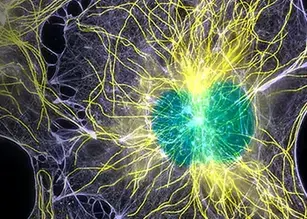
Cellular Signaling
Cellular signaling allows cells to respond to their environment and communicate with other cells.…

Microbiology and Contaminant Monitoring
Microbes, including bacteria, have been estimated to make up about 15 percent of the earth’s…

Cell Health: Viability, Proliferation, Cytotoxicity, and Cellular Function
Cell viability assays measure various cell markers, such as ATP or metabolic enzyme activity, as…
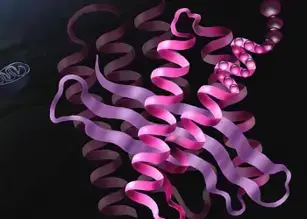
Protein Detection, Quantitation and Analysis
Protein detection, quantitation, and analysis are central to investigating a wide variety of…

Nucleic Acid (DNA/RNA) Detection, Quantitation, and Analysis
Nucleic acids are large, complex biomolecules found in cells. They serve as the genetic material of…
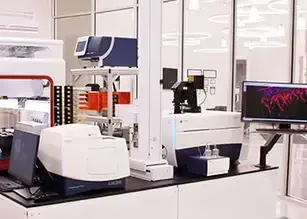
Organoid Innovation Center
The new Organoid Innovation Center at Molecular Devices combines cutting-edge technologies with…

Food & Beverage
From customized work cells for cellular agriculture to quality and safety testing, the Molecular…
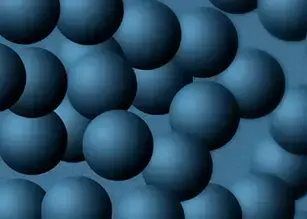
Fluorescence Polarization (FP)
Fluorescence polarization (FP) is a technique that is widely used to monitor binding events in…

TRF, TR-FRET & HTRF
Learn about TRF and TR-FRET (HTRF) detection and kinase assays, cellular signaling pathways,…

Absorbance
Learn about absorbance detection and ELISAs, nucleic acid and protein quantitation, and microbial…

Fluorescence
Learn about fluorescence detection and cell viability and nucleic acid quantification applications.

Luminescence
Learn about luminescence detection and dual luciferase reporter gene, GPCR, and BRET applications.

Western Blot
Learn about western blotting, a popular technique used for protein detection and quantitation.

Enzyme-Linked Immunosorbent Assay (ELISA)
ELISA (enzyme-linked immunosorbent assay) is a method used to quantitatively detect an antigen…
Related Products and Services
Complete solution of high-performance labware from microplate stackers and washers to a broad range of consumables and assays.






